New Delhi: China has stepped up its brutality against the primarily-Muslim Uyghurs through heavily-fenced camps where parents are apparently separated from children, satellite imagery accessed by ThePrint shows.
The images also show that Hotan in Xinjiang province is emerging as the hub of China’s mass internment camps, where the primarily-Muslim Uyghurs are forced to renounce Islam and toe the line laid down by the Communist Party of China.
According to satellite images, Hotan has at least four large camps located very close to each other. The satellite imagery, which also allows us to measure the size of buildings and number of floors, indicates that the Hotan gulags may hold as many as 90,000 inmates.
The region of Xinjiang, which borders central Asia, is home to the majority of China’s Uyghurs. It’s full name is the Xinjiang Uyghur Autonomous Region.
Rich in natural resources, Xinjiang is also the epicentre of a secessionist movement led by Uyghurs who believe themselves to be closer in ethnicity to Central Asians and complain of discrimination at the hands of China’s Han majority.
This movement has at times manifested in violence by suspected Uyghur separatists, one of whom killed eight people in a knife attack in February 2017.
China, which is officially atheist in keeping with the communist ideology, has justified its much-condemned mass internment camps as “vocational training” centres that help keep terrorism at bay.
The Chinese government claims that Uyghur people voluntarily enter these camps for vocational training and employment opportunities to lift their families out of poverty.
However, human rights groups have repeatedly flagged the abuse of the over one million inmates believed to be in captivity at the camps, which are allegedly indoctrination sites meant to bring the Uyghurs more in line with Han culture. The conditions are believed to be similar to those in the notorious Soviet-era labour camps known as ‘gulags’.
ThePrint was the first media house in India to expose the gulags of Xinjiang through satellite imagery in August 2018.
This report seeks to explore the proliferation of such camps in Hotan.
Re-education through labour by another name
China was, for decades, known to follow a policy of “re-education-through-labour”, but it has claimed in recent years that it will abolish the practice.
The internment camps for Uyghurs seem to be a form of the same strategy, with China now labelling them a ‘poverty alleviation program’.
As reported by ThePrint last year, satellite images indicate the construction period of these re-education camps coincides with Communist Party of China secretary Chen Quanguo taking charge of Xinjiang in August 2016.
The style of construction is similar to camps in Tibet, where Chen Quanguo was posted from 2011 to 2016.
New satellite images from Xinjiang show the re-education camps are not just flourishing, but also have increased in size.
Most of these gulags are located next to prisons, according to the images, possibly to ease administration. The buildings are multi-storeyed, with a corridor running through the centre and cubical cabins on either side.
The buildings generally have a double security fence with watch towers all along. The inner perimeter is invariably a very tall solid fence, which is meant to be more menacing than protective.
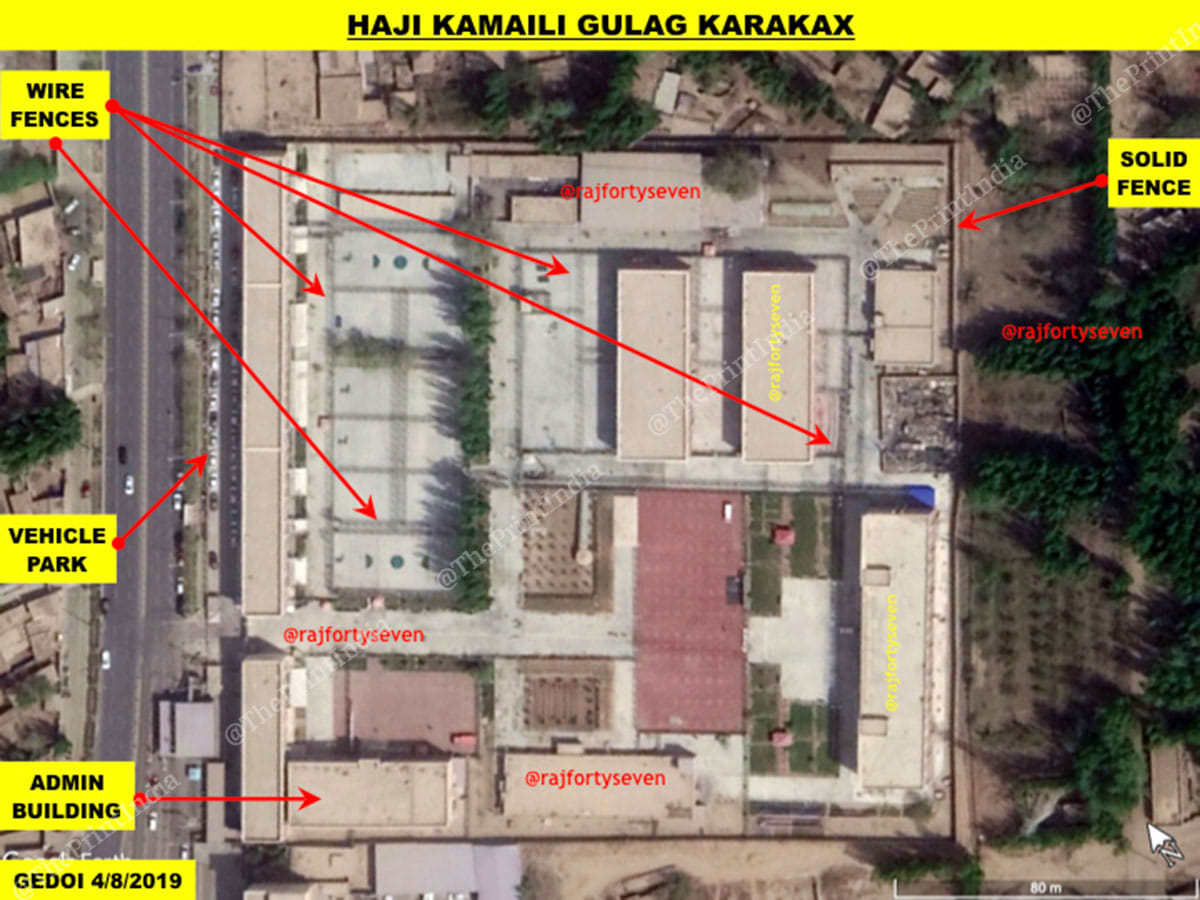
Most of these re-education camps have long barracks and plastic greenhouse sheds alongside. China claims that trainees at these skilling centres are taught, among other things, how to produce electronic equipment and food processing.
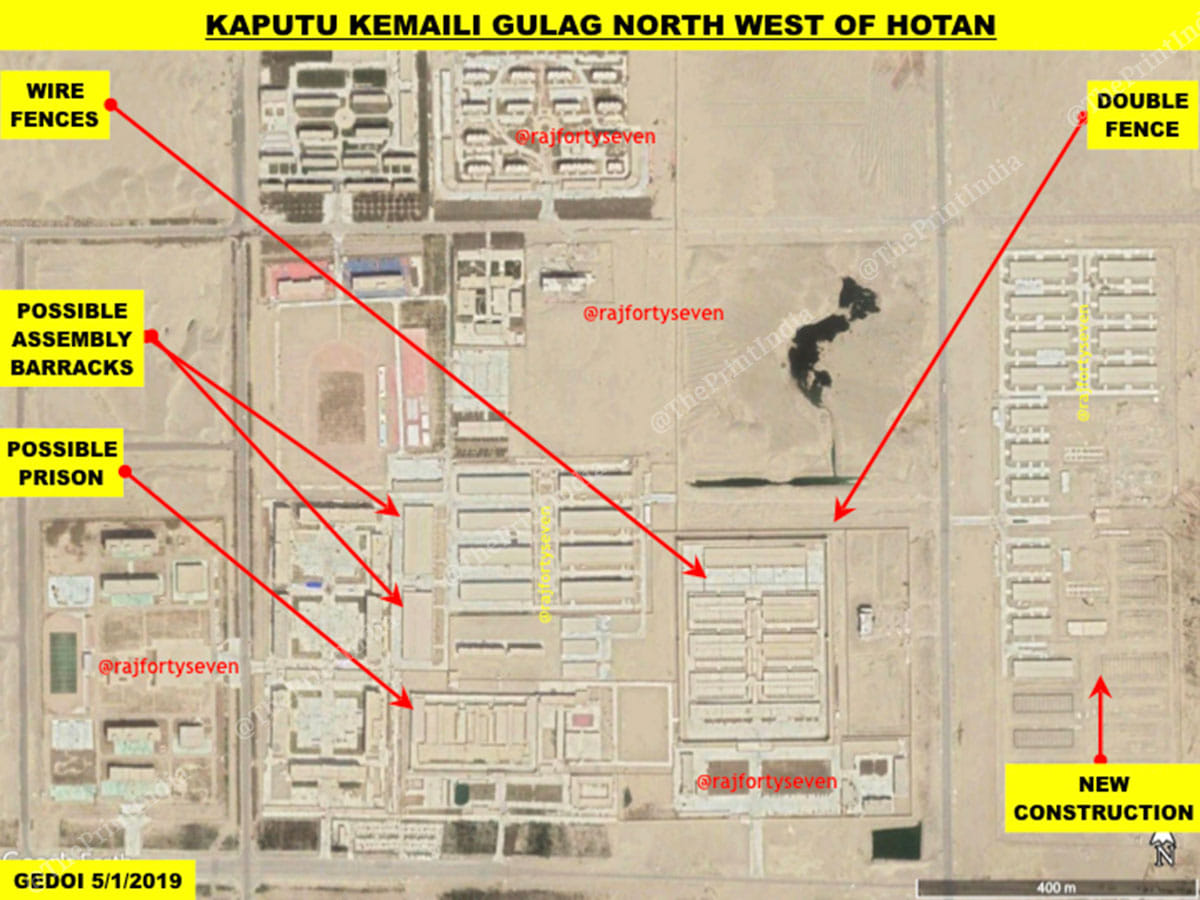
However, the inmates are allegedly used by China to grow vegetables and produce electronic goods to be sold in international markets, for which they are paid paltry wages.
Separation of families
Fresh satellite images show a new phenomenon: Tall wire fences erected to compartmentalise various buildings and certain areas within the premises.
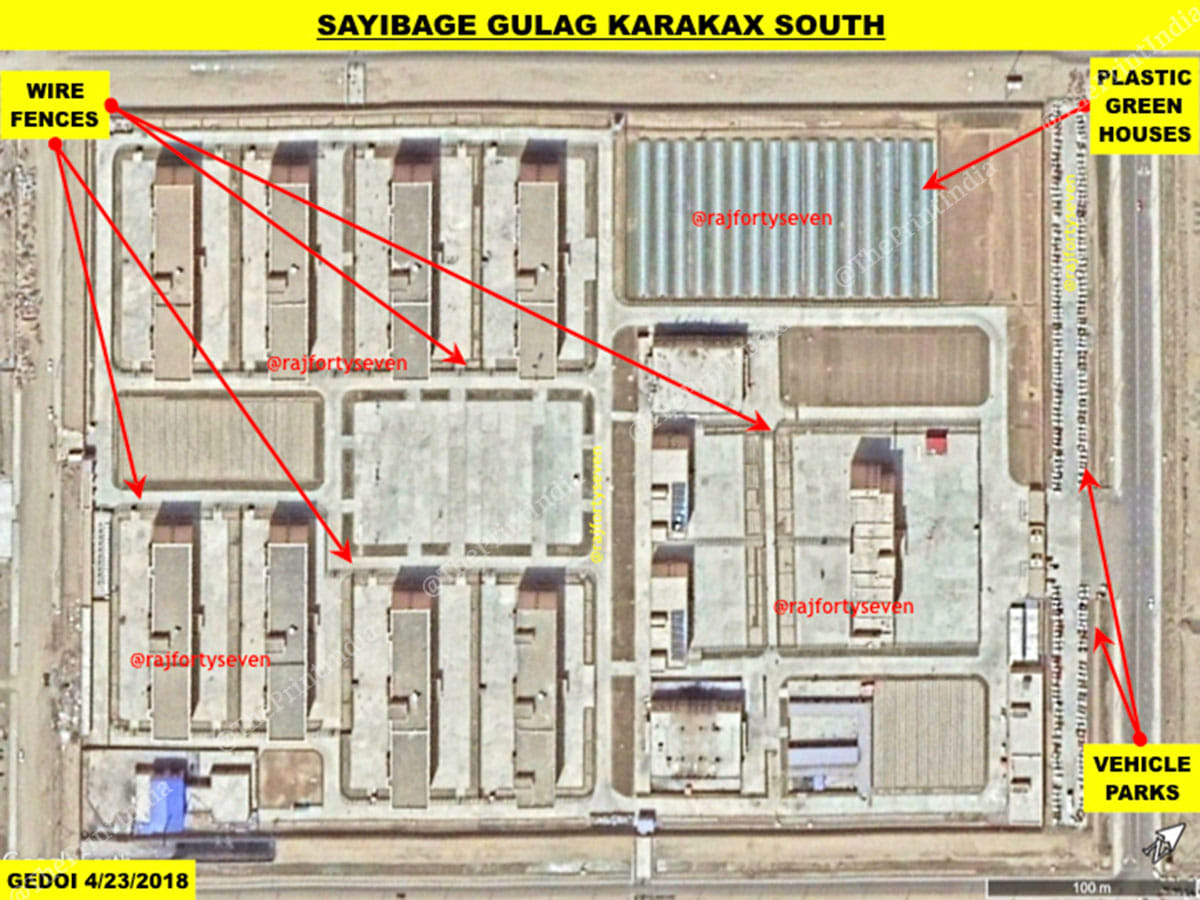
When connected with recent confirmed reports of Uyghur families being separated, it is assessed that these compartments are possibly used as children’s play areas where parents can meet them from across the fence.
Some ground reports also suggest that these fenced blocks are used to segregate inmates on the basis of their willingness to adopt the CPC way of thinking.
Locations chosen
The locations of these ‘gulags’ have been chosen very carefully: Well separated from civilisation, yet not far away to reach quickly by transport.
The inmates are allegedly carefully lodged at particular camps where their parents can come for meetings and pressure them into renouncing Islam.
The large number of small vehicles that satellite imagery shows parked at the entrance of these camps suggests a large number of visitors.
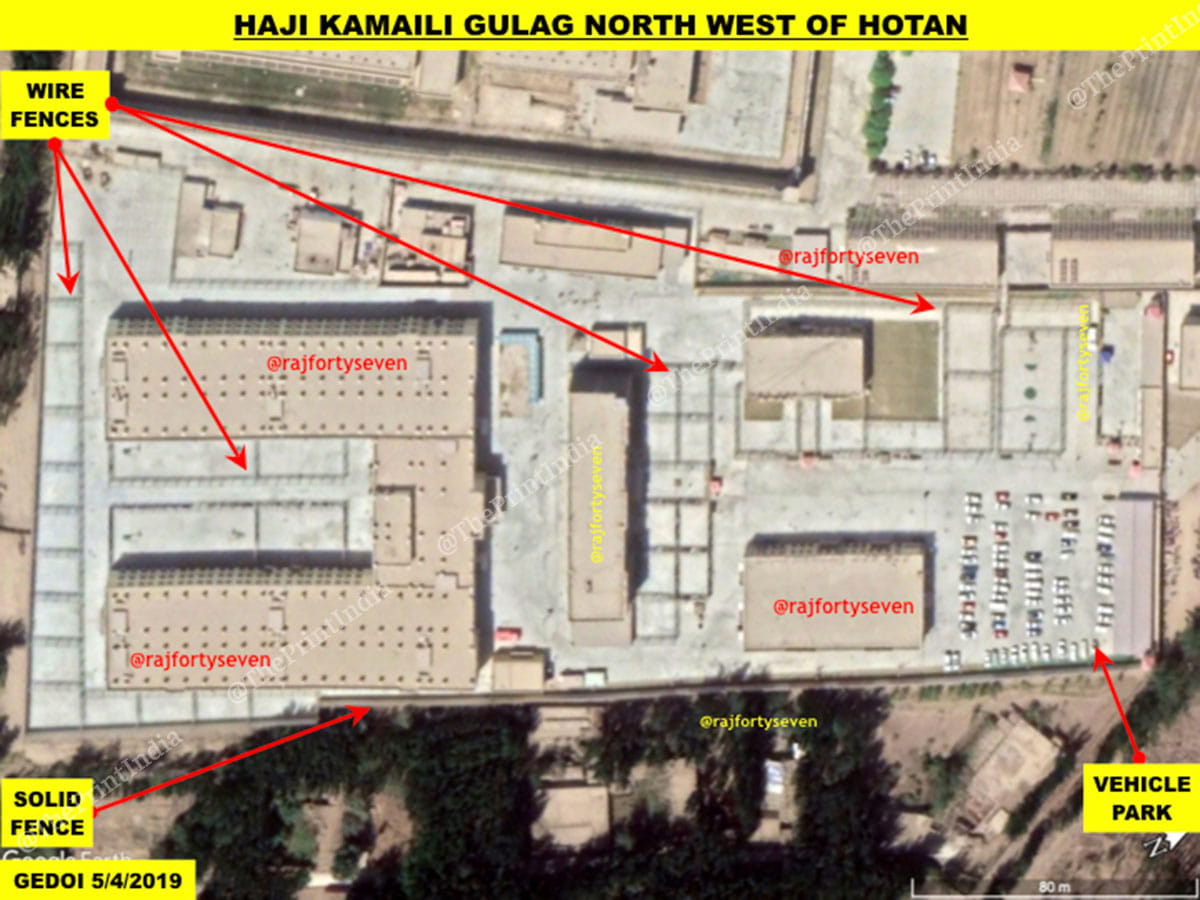



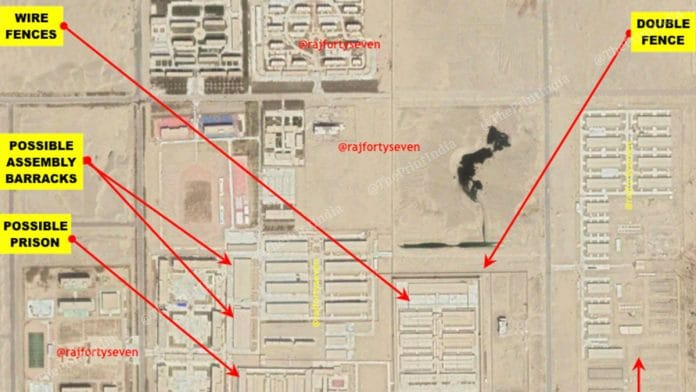



India should learn from China on how to control Terrorists
China as a near superpower can get away with a great deal. Earlier Prince MbS, now PresidentErdogan, both pillars of the Muslim world, have paid their respects to the dragon. Normally they would have expressed strong displeasure over what China is doing its Muslim Uighur. However, both this and the recent protests in Hong Kong show a rigid – one will not say calcified – state that fears its own people, is moving back in time. In its natural, inevitable competition with the US, this set of domestic policies will make it less respected and admired globally. A sort of North Korea that has got its economics largely right.